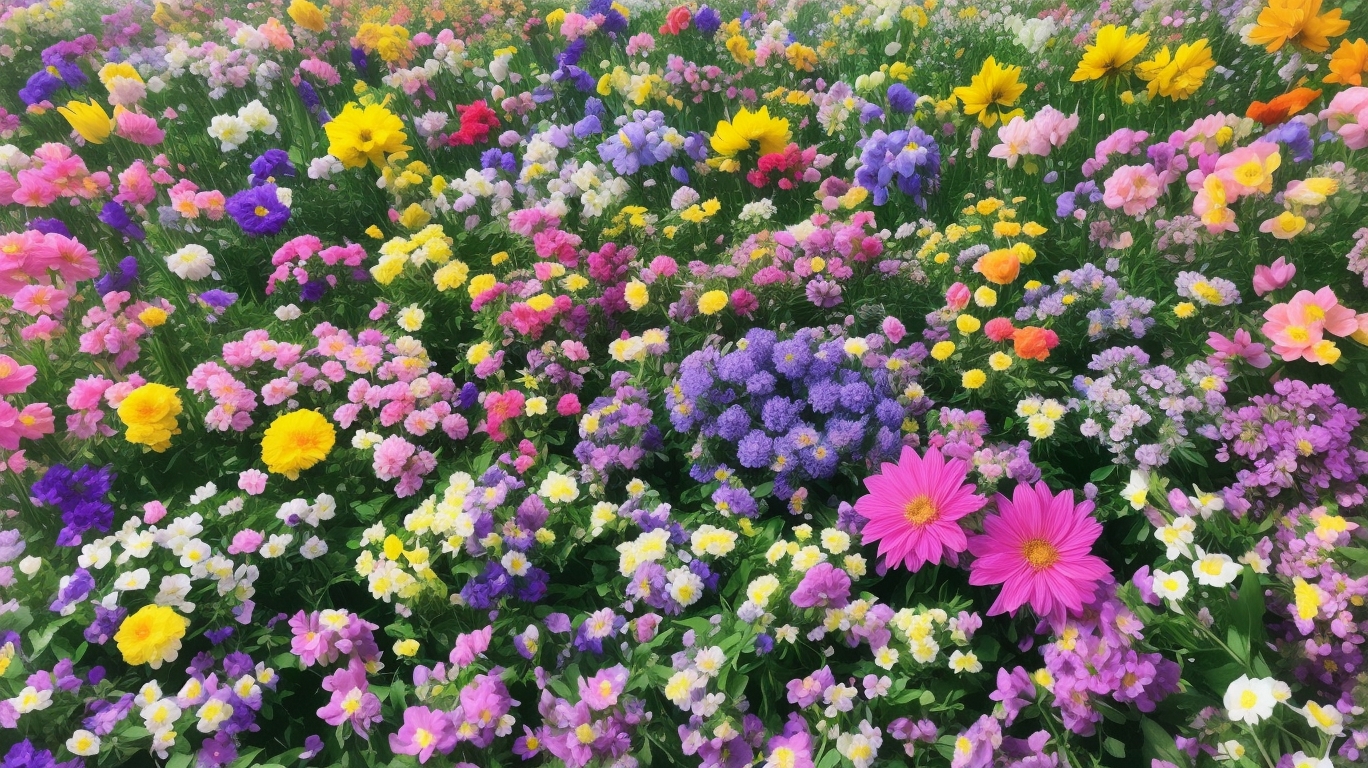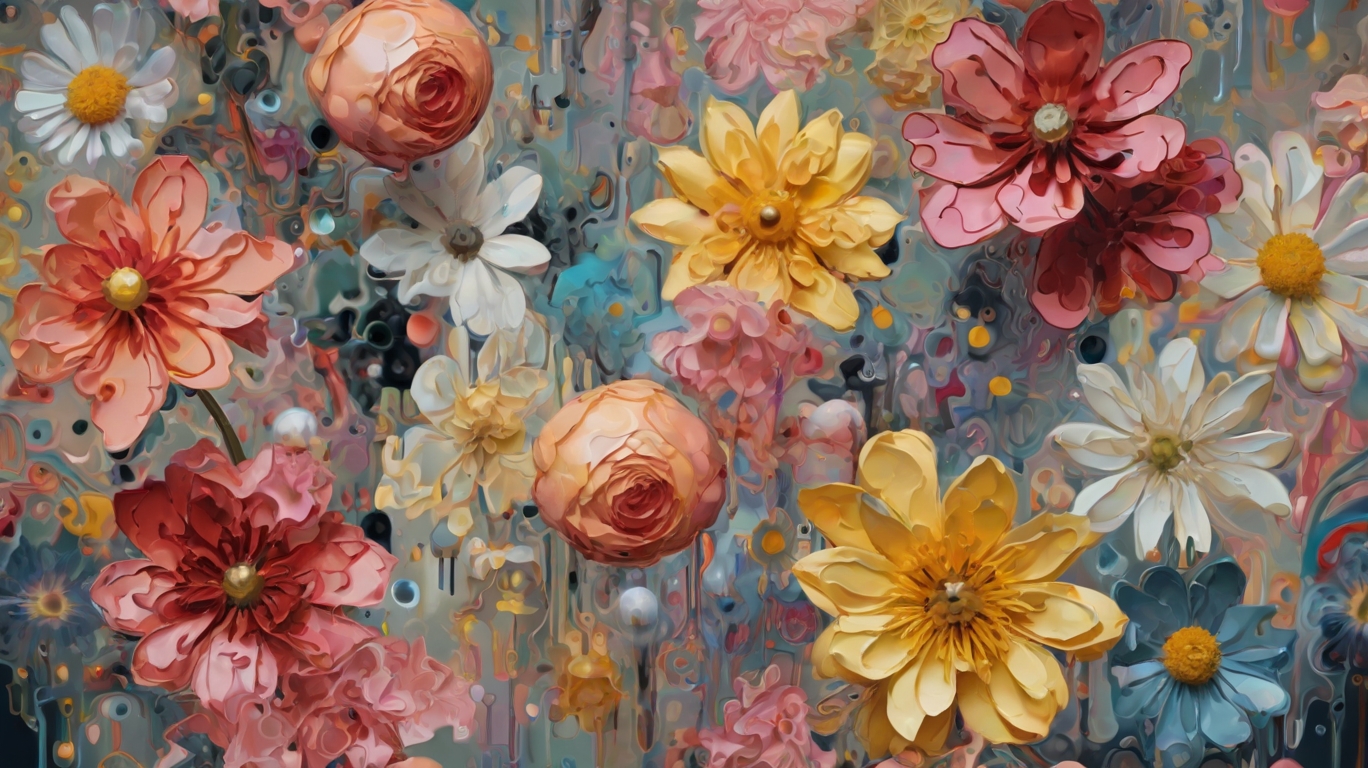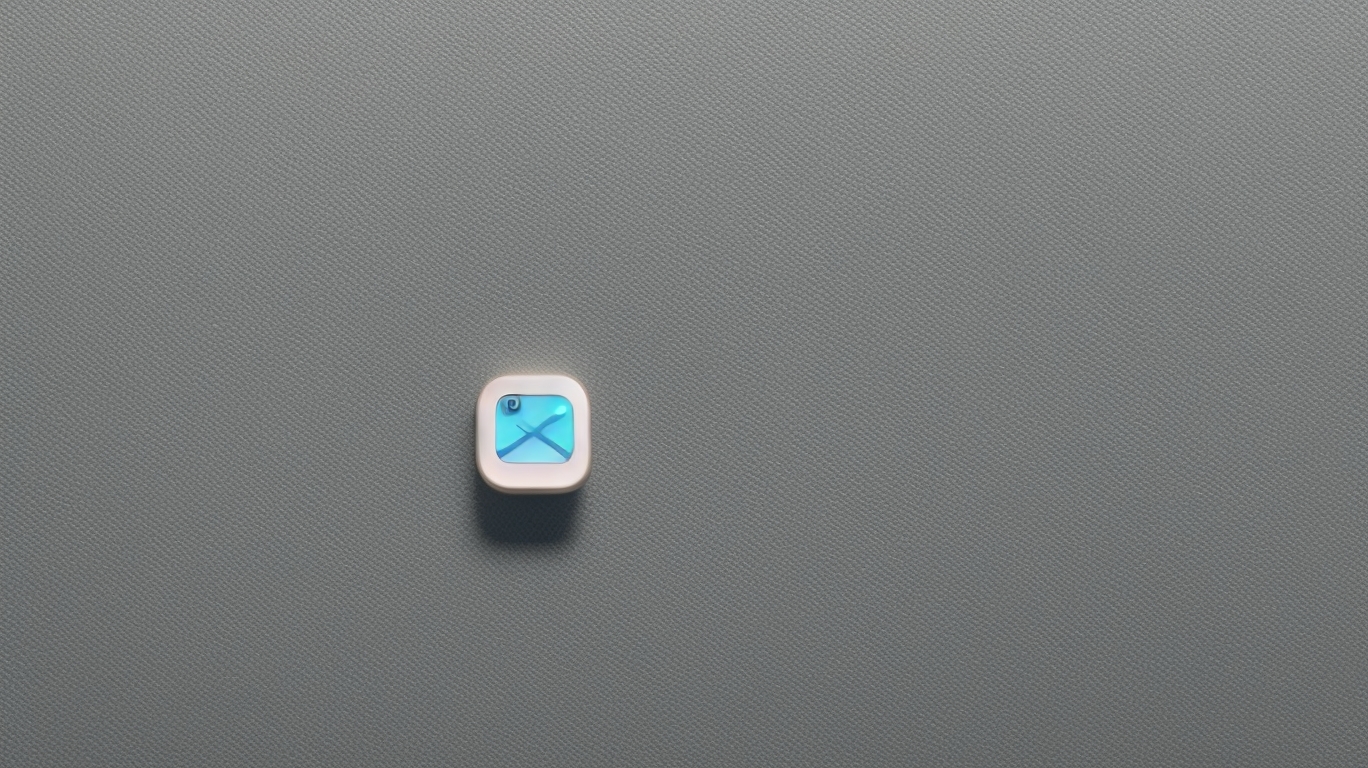In a groundbreaking, earth-shattering revelation, leading AI researchers have devoutly trained artificial intelligence systems to classify flowers in a revolutionary project dubbed, “But What Kind of Daisy Is That?” Using the kind of computing power that, we assume, might have otherwise solved world hunger, these relentless scientists have deployed MobileNetV2, TensorFlow, and metaphors involving neural networks tighter than Elon Musk’s Twitter budget, to finally distinguish between daffodils and dandelions.
“This kind of advancement in floral artificial intelligence has opened entirely new realms of possibility,” stated Dr. Bloom Upton, director of the National Institute of Petal Intelligence. “Now, with just a flick of a mobile phone camera, anyone can discern the crucial existential difference between a forget-me-not and a random blue thing in a meadow.”
Critics have voiced concerns, suggesting that perhaps the scientists could have aimed for slightly loftier goals, like, say, ending global warming or identifying the loaf that stole the other sock from every dryer ever. However, Dr. Upton insists that this botanical breakthrough is nothing short of phenomenal. “It means no more squinting at wildflowers during retirement hikes and pondering if you’re creating a bouquet or nesting a beehive,” he reassured the growing crowd of apparent logical thinkers.
The project was not without its challenges. Initial trials reportedly caused the software to misclassify Venus flytraps as “vegetarian piranhas” and tulips as “overzealous asparagus.” But after a mere 37 million hours of troubleshooting, the system now speaks the language of photosynthesis-fluent AI, and has a 99.9% accuracy rate, ensuring any newly-identified rose bush can confidently face its irrefutable identity destiny.
Yet, the human element remains key, as reality has shown that not all innovations bark up the right kudzu. Floret P. Lantern, a local horticulturist, cautiously advised, “I’m still afraid that, even with AI, no one will ever understand the unpredictability of my hydrangeas.” In an act of rebellion, she retains a trusty water can and anthropomorphically-given plant names, swearing they root deeper connections than those machine whizzes can fathom.
As for the software developers, whose love for flora presumably remains astonishingly pixelated, their next venture promises to be even bolder. Rumors whirl cryptically through Silicon Valley about versions capable of pinpointing the true identities of supermarket carnations: a future truly unimaginable to humankind… and florists alike.





